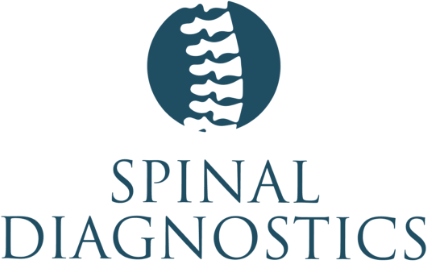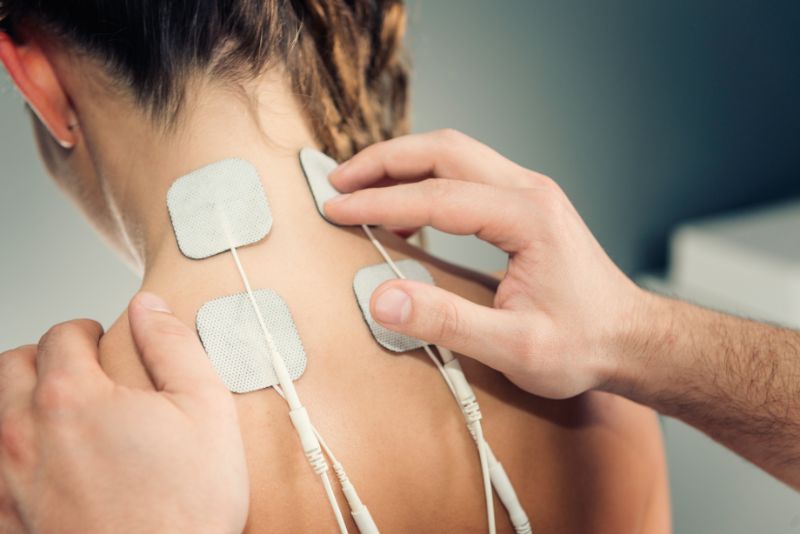Occipital nerve stimulation (ONS) is a neuromodulation technique that aims to manage the symptoms associated with chronic head and neck pain. It usually involves implanting small electrodes near the occipital nerves located at the back of your head. These electrodes deliver electrical signals that interrupt pain communication to the brain.
Living with chronic headaches and neck pain can severely affect your daily activities, sleep, and overall quality of life. Occipital nerve stimulation is especially beneficial for those with medical conditions preventing them from undergoing other pain management procedures.
If you have symptoms of chronic neck and head pain and are interested in knowing if you are an ideal candidate for ONS, contact us or schedule an appointment with us.
ONS helps manage various chronic head and neck pain conditions, including:
- Occipital neuralgia: Intense, shooting pain in the back of the head and neck caused by irritation or injury to the occipital nerves.
- Chronic migraines: When a headache develops into severe throbbing pain, it's called chronic migraine.
- Cervicogenic headaches: Cervicogenic headaches originate from issues in the cervical spine.
- Cluster headaches: Extremely painful headaches that occur in clusters over a specific period, causing severe pain on one side of the head.
ONS precisely targets the occipital nerves that focus on the source of head and neck pain. This helps to soothe pain symptoms related to complex neck conditions and headaches.
Due to its minimally invasive benefits, ONS drastically reduces the risk of developing complications or side effects. Also, the need for opioid medications is minimized.
ONS adapts to all cases and helps manage symptoms of all degrees since it allows for personalized adjustment of stimulation settings to achieve optimal pain relief. Your doctor can tailor the treatment to your needs, ensuring the best possible outcomes.
Ultimately, by relieving pain, occipital nerve stimulation can restore your ability to engage in normal routines, enhancing your quality of life.
Before the Procedure
Before your pulsed radiofrequency procedure, you must provide your doctor with relevant information regarding your medical history, including any medications you may be taking, allergies, or medical conditions. This helps to ensure safety and optimal recovery during the treatment process.
During the Procedure
During your occipital nerve stimulation procedure, your doctor may perform the following steps:
- Anesthesia: Local anesthesia will be administered to numb the needle's insertion area.
- Electrode placement: Your doctor will carefully guide the electrodes near the occipital nerves at the back of your head using digital guidance.
- Sensory and motor stimulation test: Your doctor may perform a sensory and motor stimulation test to ensure correct needle placement. This is done by applying a low-level electrical current to the nerves that will cause a muscle twitch response.
- Generator implantation: Once the electrodes are in place, a small generator device will be implanted under your skin, usually in the upper chest or buttock area. This generator will deliver the electrical pulses to the electrodes.
- Injection site bandage: When the procedure has been completed, the needle will be removed, and a small bandage will be placed.
Procedure Recovery and Follow-Up
Your doctor will keep you under observation for a short period to ensure no immediate complications arise. They will also provide specific instructions regarding activity restrictions, pain management, and any follow-up appointments needed. Although you can go home the same day, it’s important to note that some temporary symptoms may appear after the treatment. These may include:
- Mild pain
- Mild bruising
- Involuntary twitching
- Buzzing
These symptoms usually fade away within a matter of days and do not need medical assistance.
Although rare, some potential risks and side effects associated with occipital nerve stimulation can include the following:
- Injection site infection: Some of the most common signs include redness, swelling, or constant drainage.
- Nerve damage: Some symptoms of this complication include numbness, tingling, and weakness in the legs or spine.
- Allergic reactions: Difficulty breathing and swelling may indicate an allergic reaction.





